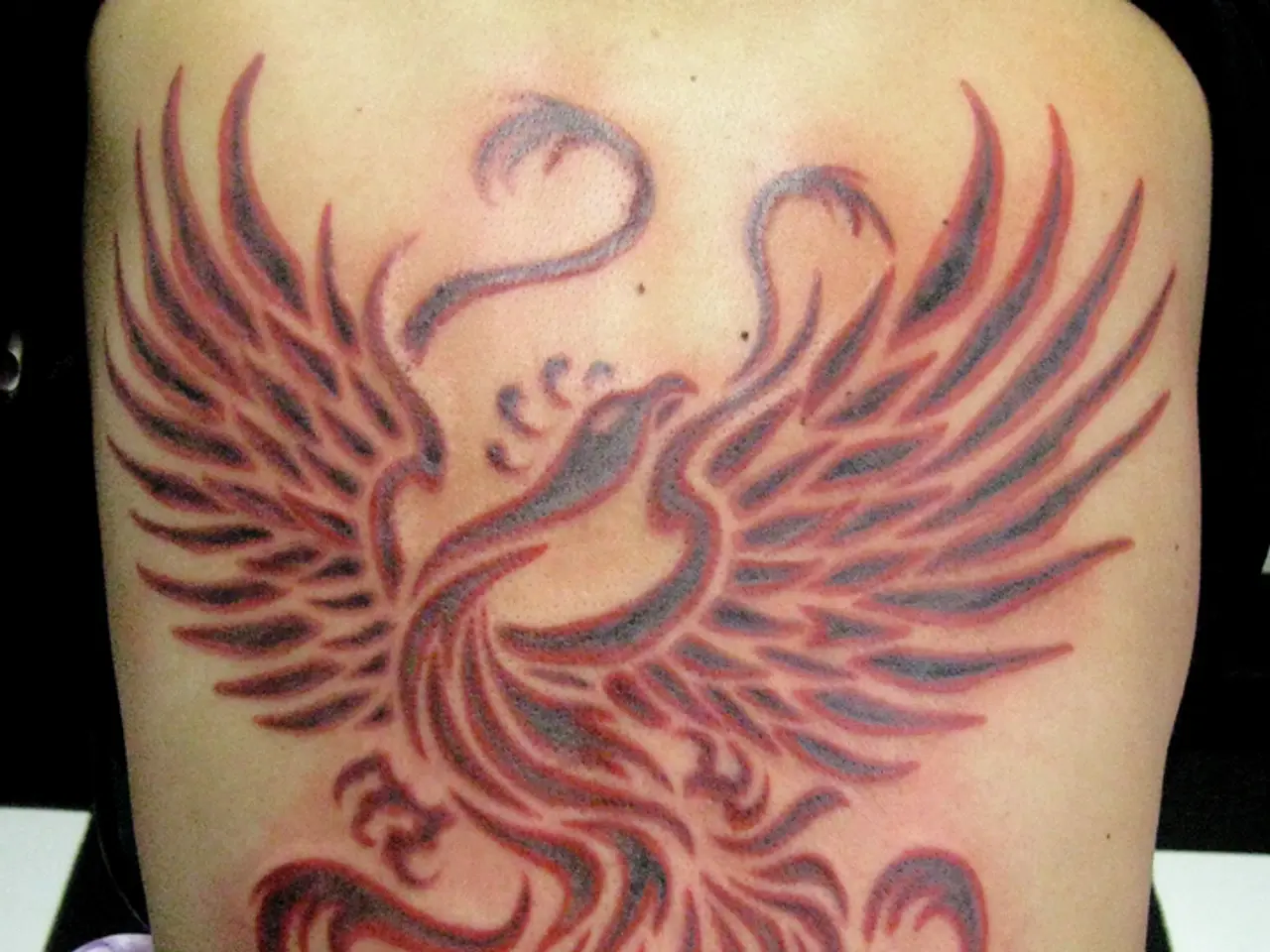Tattoos: Risks and Precautions You Need to Know
Tattoos, a popular form of body art, can pose health risks if not done properly. From allergic reactions to serious infections, it's crucial to understand these potential hazards.
Unsterilized needles can transmit diseases like hepatitis C, HIV/AIDS, and MRSA. To avoid this, always choose a licensed, reputable provider. Before getting inked, have a skin check to ensure you won't react badly to the ink. Aftercare is vital: follow instructions to prevent infections and scarring.
Ink itself can be problematic. Red and black inks may contain carcinogens. In Germany, tattoo inks can contain harmful substances like organic and inorganic pigments, binders, preservatives, and metallic impurities. Red pigments are particularly allergenic, while blue and green inks lack sufficient safety data. While getting a tattoo alone doesn't cause skin cancer, these ingredients can pose risks. Allergic reactions can occur immediately or years later, leading to skin infections, allergic reactions, and scarring. Rarely, tattoos can cause skin reactions or burns during an MRI. Other pigments may include harmful substances like alcohols, heavy metals, and minerals.
Tattoos can be beautiful expressions of personal identity, but they're not without risks. To minimize these, choose a reputable provider, get a skin check, and follow aftercare instructions. Be aware of potential ink hazards and always prioritize your health and safety.
Read also:
- Qur'an Emphasizes Fatherhood Through Stories of Prophets
- Capella Nursing Students Gear Up for Crucial FPX 4050 Assessments
- Comprehensive Overview of Addressing Traumatic Brain Injuries (TBIs)
- Enhanced Health Services Provisioned by San Diego Academic Health Partnership Continues During COVID-19 and Beyond




